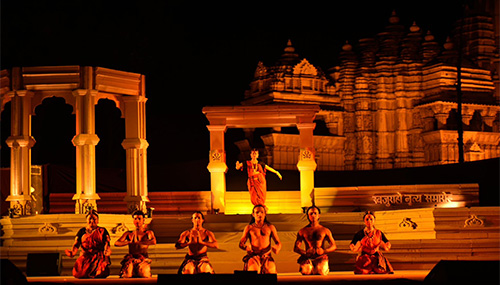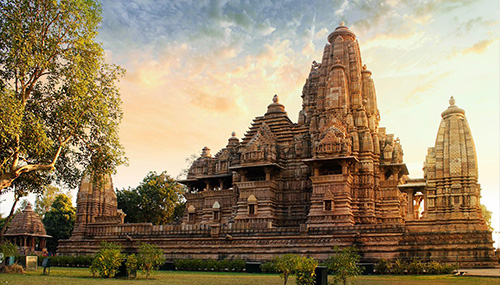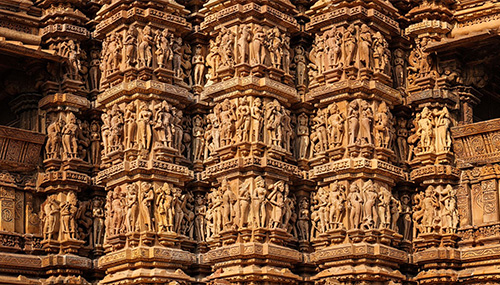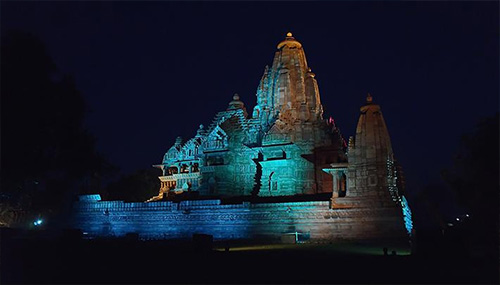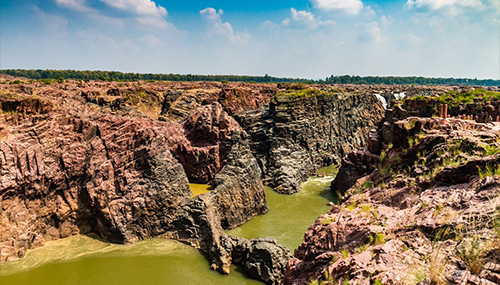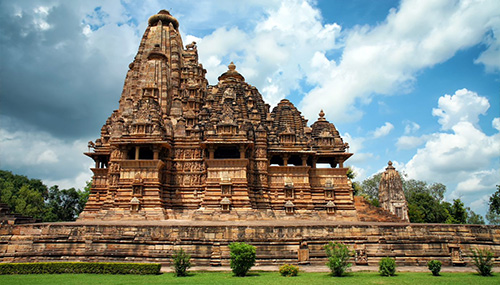Classical Dance Show
A genuine attempt to promote the centuries-old Indian culture, Shilpgram, allures the tourists with its heart throbbing performances of folk arts. Located at the heart of Khajuraho, this brilliant venture is a government-run cultural center started in the year 1998. Spread over a vast area of ten acres, Shilpgram's nights are colorful with the stunning performances of classical and folk dancers.
